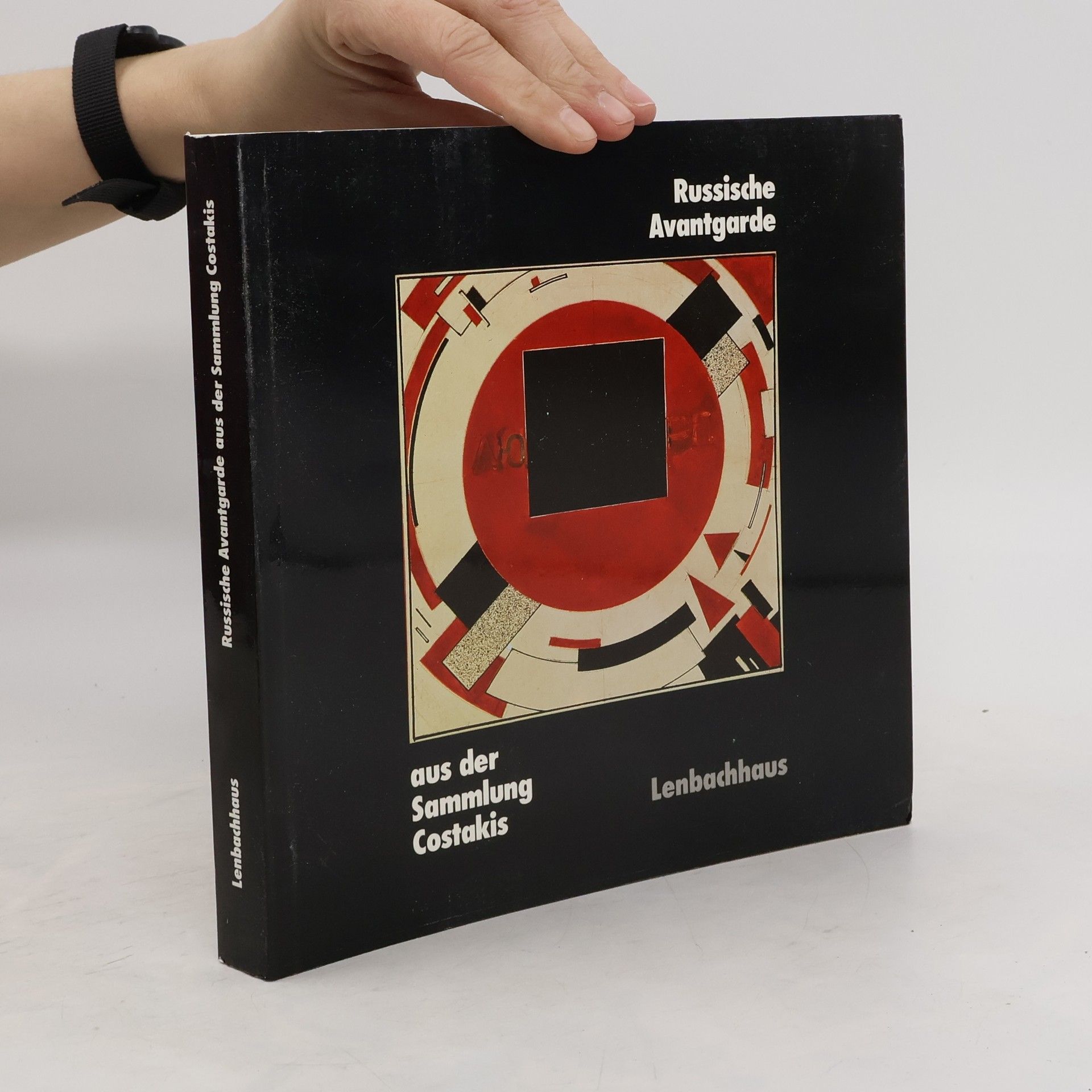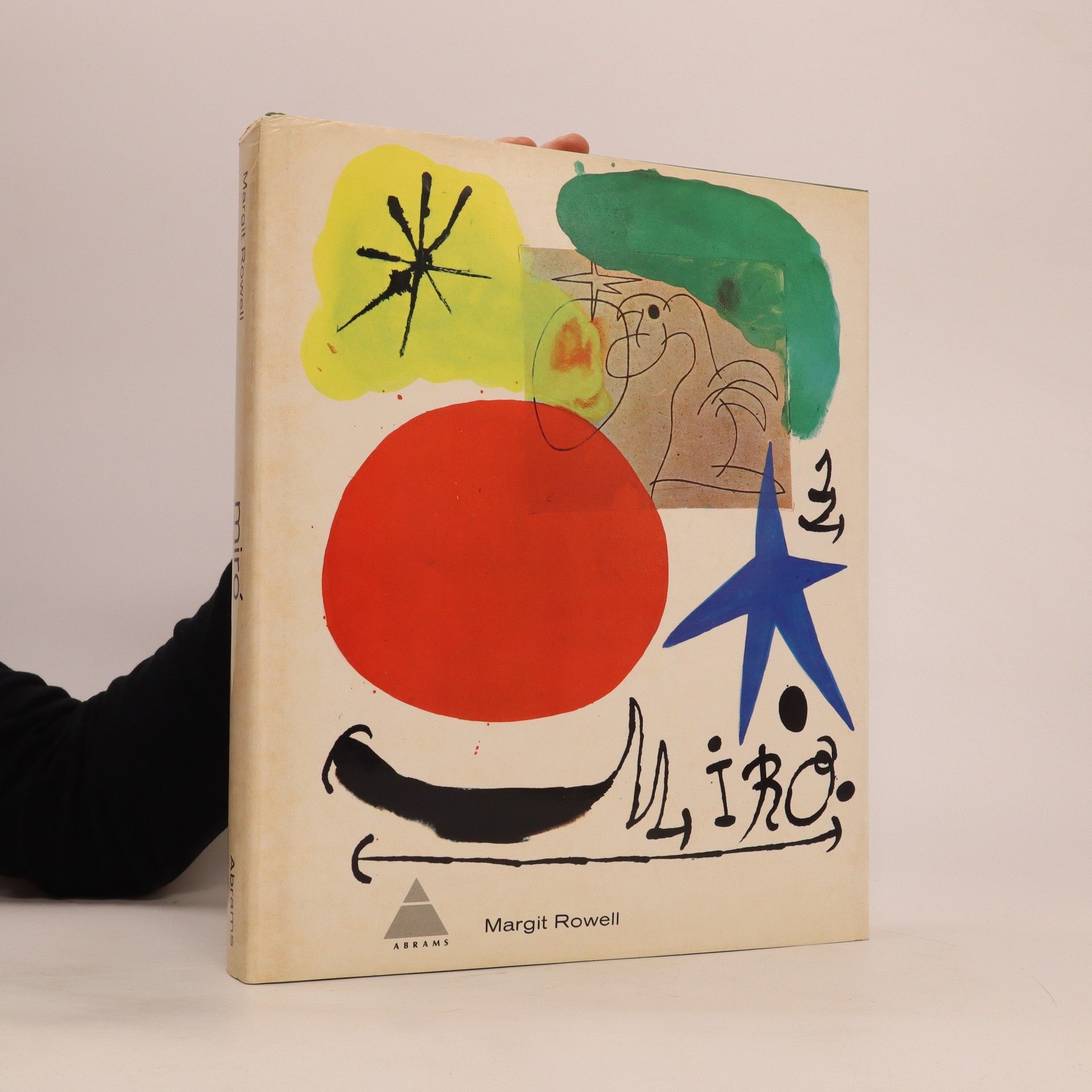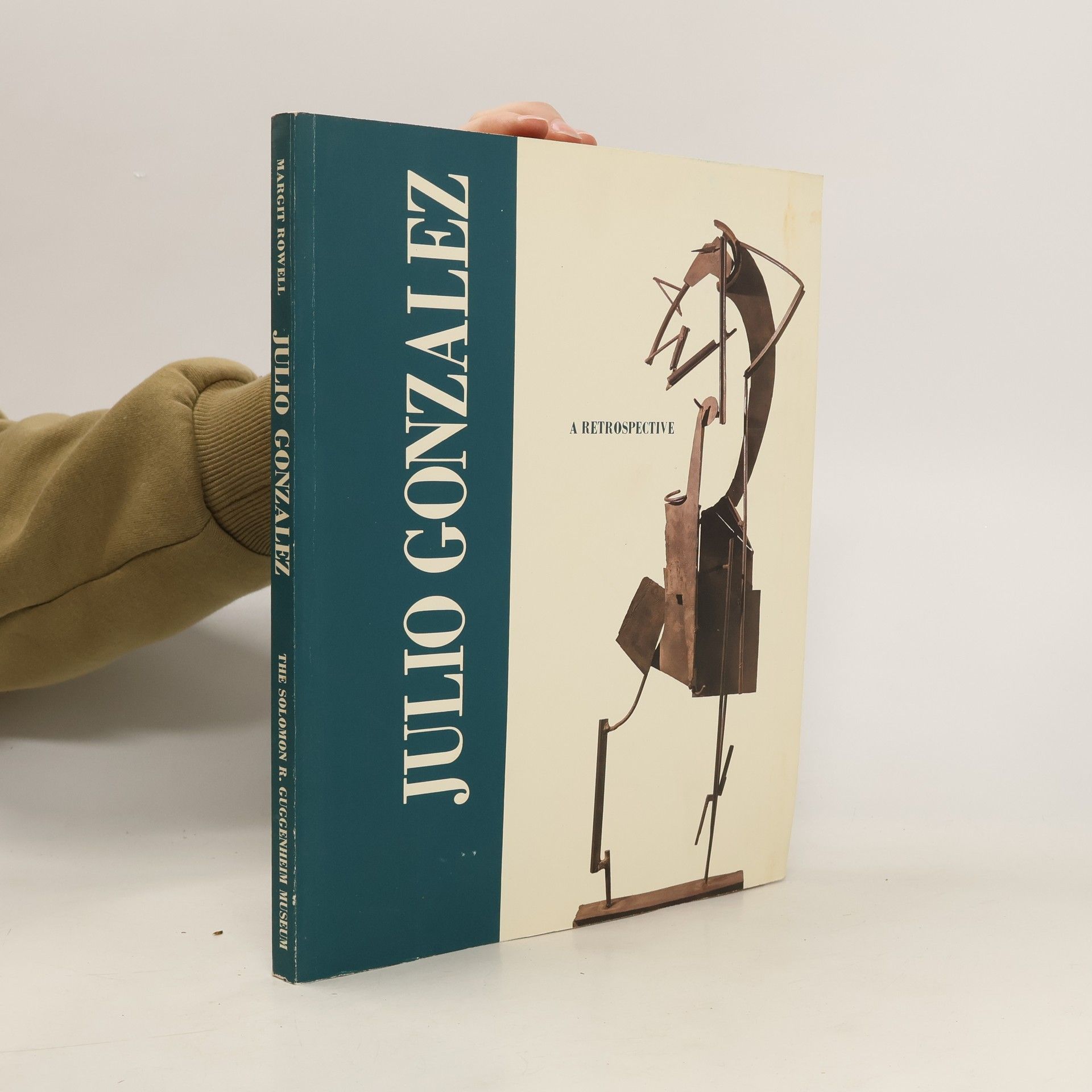Pages unmarked, tight, clean and crisp. Some shelf wear, bumping and rubbing on cover. From non smoking home.
Margit Rowell Knihy




The definitive monograph on the work of sculptor, installation artist, and Arte Povera pioneer Luciano Fabro Luciano Fabro was a founding member, and later leading critic, of Arte Povera, the materials- and experience-based art movement that began in Italy in the late 1960s. He went on to be exhibited internationally, becoming the first artist from the group to receive a major US retrospective, at the San Francisco Museum of Modern Art in 1992. Fabro was a controversial artist, yet still a critical in 2018 the leading art publication The Brooklyn Rail dedicated an entire issue to Fabro; and New York Times critic Roberta Smith wrote that Fabro treated ‘artmaking less as a profession and more as a continuing experiment intended to keep himself entertained and the viewer slightly off-balance’. This comprehensive, heavily illustrated monograph is the first complete overview of Fabro’s life and career, written by esteemed critic and curator Margit Rowell, who interacted with Fabro repeatedly in his later years, and is published with the full support and participation of the artist’s estate and international galleries, Paula Cooper (New York), Christian Stein (Milan) and Simon Lee (London and Hong Kong).